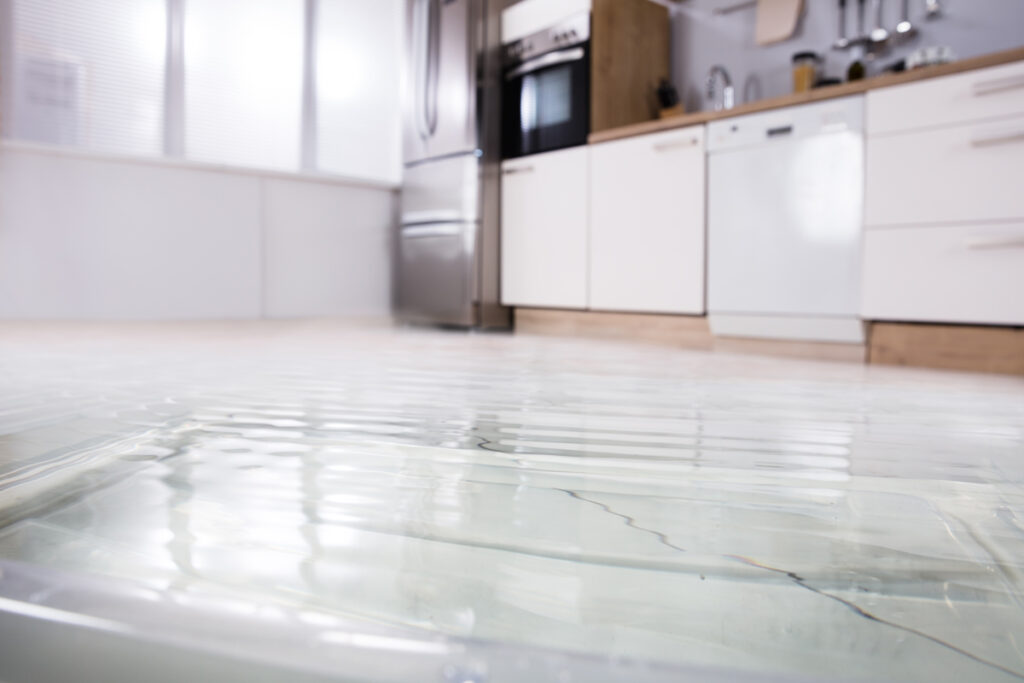Unknown Facts About Best Water Damage Restoration Companies Near Me
The Buzz on Restoration Doctor: Water Damage Restoration Company in

Called "". This type brings microorganisms and nutrients of micro-organisms. Examples are toilet bowls with urine (no feces), sump pump failures, seepage due to hydrostatic failure and water discharge from dishwashers or washing machines. Category 3 Water - Referred to as "" and is grossly unsanitary. This Is Noteworthy contains unsanitary agents, damaging germs and fungi, causing severe pain or illness.
This category consists of water sources from sewage, seawater, increasing water from rivers or streams, storm rise, ground surface water or standing water. Category 2 Water or Grey Water that is not promptly removed from the structure and or have actually remained stagnant might be re classified as Classification 3 Water. Toilet back flows that originates from beyond the toilet trap is considered black water contamination no matter noticeable content or color.

Water Damage Restoration - Plumbing Solutions of Nevada for Beginners
Figuring out the class of water damage is a crucial initial step, and will figure out the quantity and type of devices made use of to dry-down the structure. Class 1 - Slow Rate of Evaporation. Affects just a part of a room. Products have a low permeance/porosity. Minimum wetness is absorbed by the products.
Water impacts the entire room of carpet and cushion. Might have wicked up the walls, but not more than 24 inches. ** IICRC s500 2016 update adds that class 2 be suggested when 5% to 40% of the total square footage of a room (ceiling+walls+floor) are affected ** Class 3 - Fastest Rate of Evaporation.

Some Ideas on Water Damage Restoration Services - Roto-Rooter You Need To Know
** IICRC s500 2016 upgrade adds that class 3 be indicated when > 40% of the total square video of a room (ceiling+walls+floor) are affected ** Class 4 - Specialty Drying Situations. Includes materials with a very low permeance/porosity, such as wood floorings, concrete, crawlspaces, gypcrete, plaster, etc. Drying normally needs really low specific humidity to achieve drying.

Qualified professional water damage restoration experts make use of psychrometrics to keep track of the drying process. Standards and policy [modify] While there are presently no federal government guidelines in the United States determining treatments, 2 accrediting bodies, the Institute of Inspection Cleaning and Remediation Certification (IICRC) and the RIA, do advise standards of care. The existing IICRC requirement is ANSI/IICRC S500-2021.
UNDER MAINTENANCE